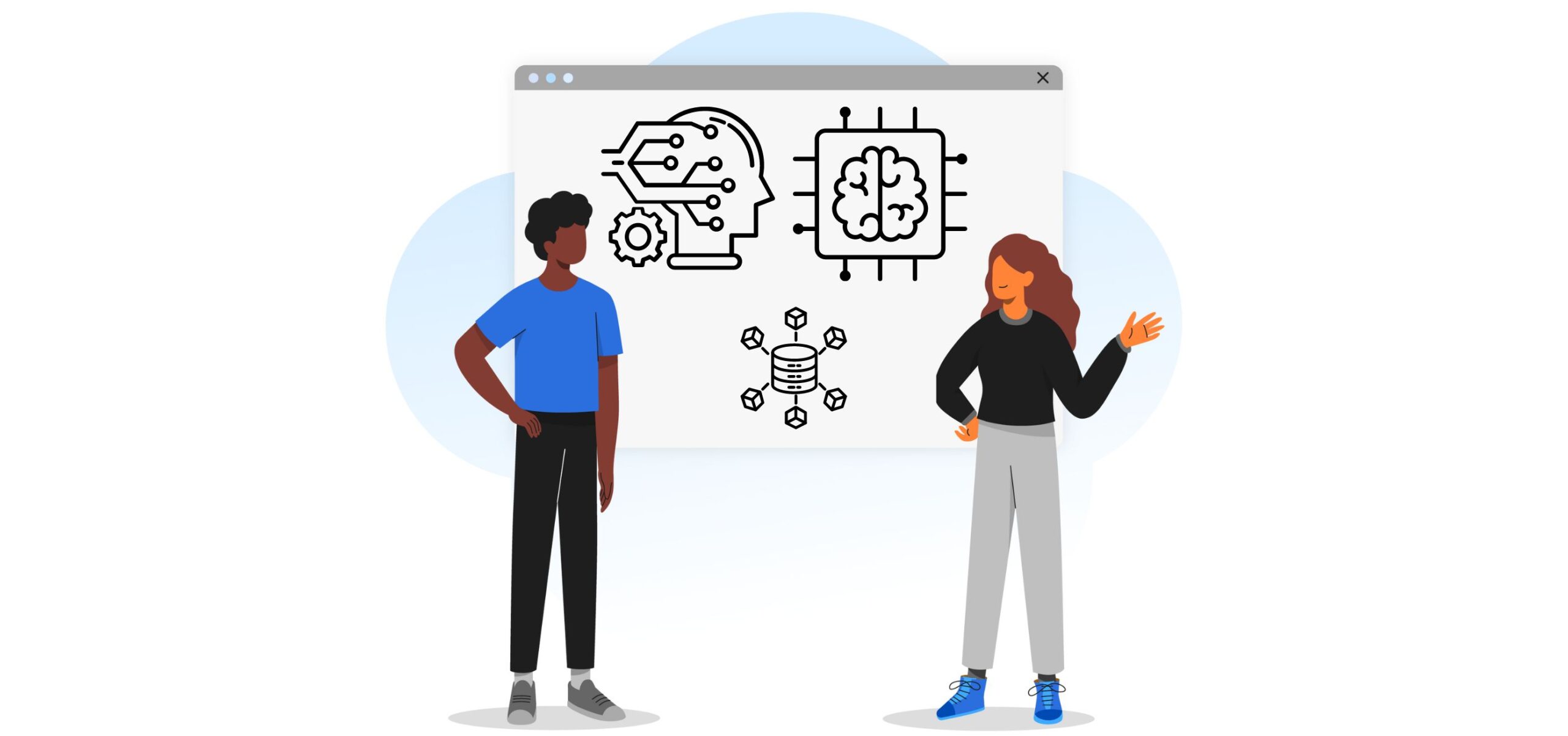Natural Language Processing (NLP) is a field of artificial intelligence (AI) that focuses on the interaction between computers and humans using natural language. The goal of NLP is to enable computers to understand, interpret, and generate human-like text in a way that is both meaningful and contextually relevant. Here’s a breakdown of how AI understands and communicates through NLP:
1. Tokenization:
- Definition: Breaking down text into smaller units, usually words or phrases.
- Importance: Enables the machine to analyze and understand the structure of sentences.
2. Part-of-Speech Tagging:
- Definition: Assigning grammatical categories (like noun, verb, adjective) to each word in a sentence.
- Importance: Helps the machine understand the role of each word in a sentence, aiding in syntax analysis.
3. Syntax and Grammar Analysis:
- Definition: Parsing the structure of sentences to understand relationships between words.
- Importance: Allows the machine to grasp the meaning of a sentence based on its grammatical structure.
4. Semantics:
- Definition: Understanding the meaning of words and sentences in context.
- Importance: Enables the machine to comprehend the intended meaning rather than just the literal interpretation.
5. Named Entity Recognition (NER):
- Definition: Identifying entities (names, locations, organizations) in text.
- Importance: Helps in extracting relevant information and understanding the context of a conversation.
6. Sentiment Analysis:
- Definition: Determining the sentiment or emotion expressed in a piece of text.
- Importance: Useful in understanding user opinions, customer feedback, and social media sentiment.
7. Coreference Resolution:
- Definition: Resolving references to understand which words or phrases refer to the same entities.
- Importance: Maintains context and coherence in conversations.
8. Machine Translation:
- Definition: Automatically translating text from one language to another.
- Importance: Facilitates cross-language communication and accessibility.
9. Question Answering:
- Definition: Developing systems that can answer questions posed in natural language.
- Importance: Useful in chatbots, virtual assistants, and information retrieval systems.
10. Text Generation:
- Definition: Creating human-like text based on given prompts or context.
- Importance: Used in content creation, chatbots, and even creative writing.
Challenges in NLP:
- Ambiguity in language.
- Context-dependent meanings.
- Slang, colloquialisms, and cultural nuances.
Applications of NLP:
- Virtual Assistants (Siri, Alexa).
- Chatbots for customer support.
- Sentiment analysis in social media.
- Language translation services.
NLP is a dynamic and evolving field, with ongoing research and development to improve language understanding and communication between humans and machines. It plays a crucial role in making AI more accessible and user-friendly in various applications.








